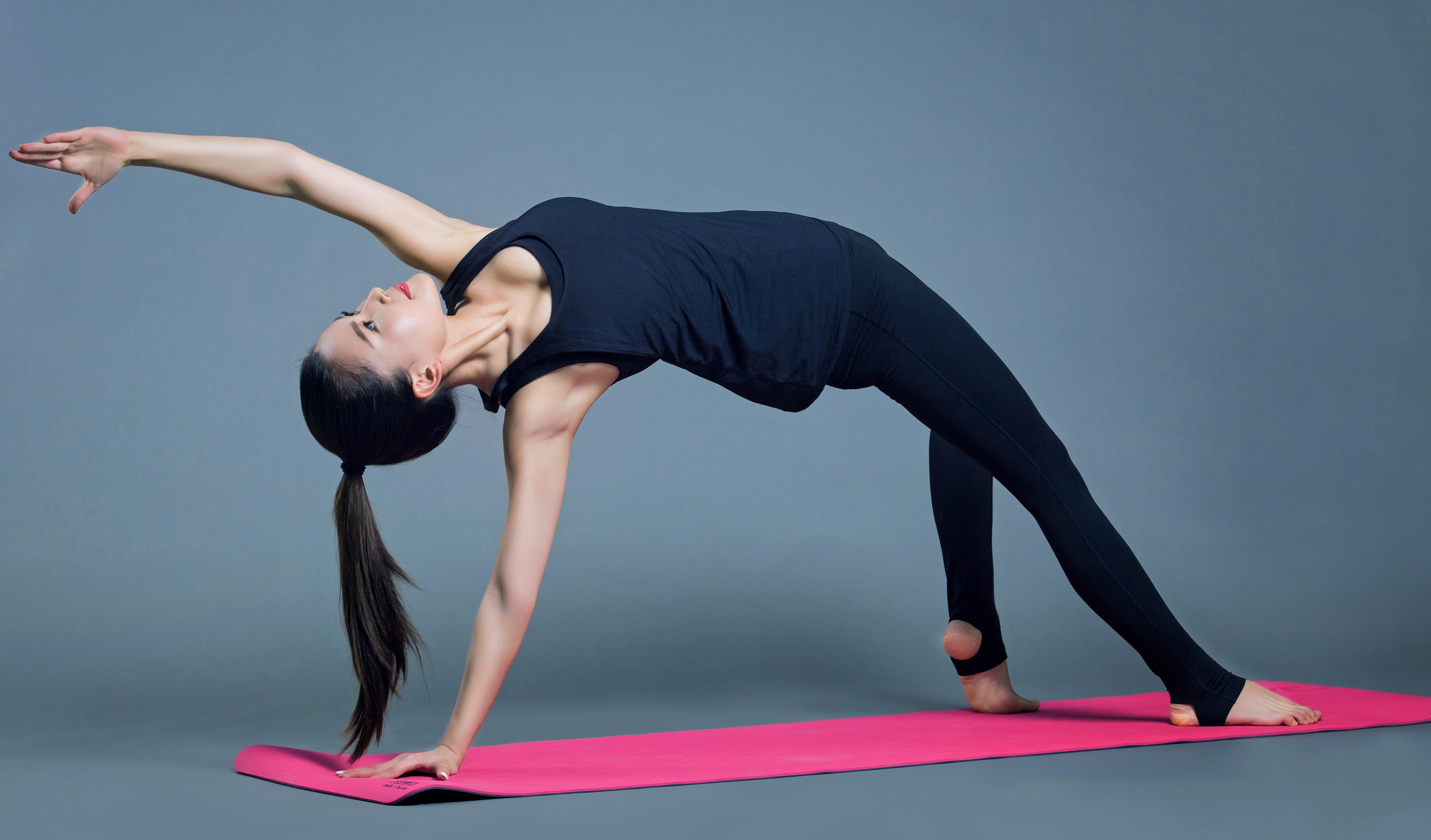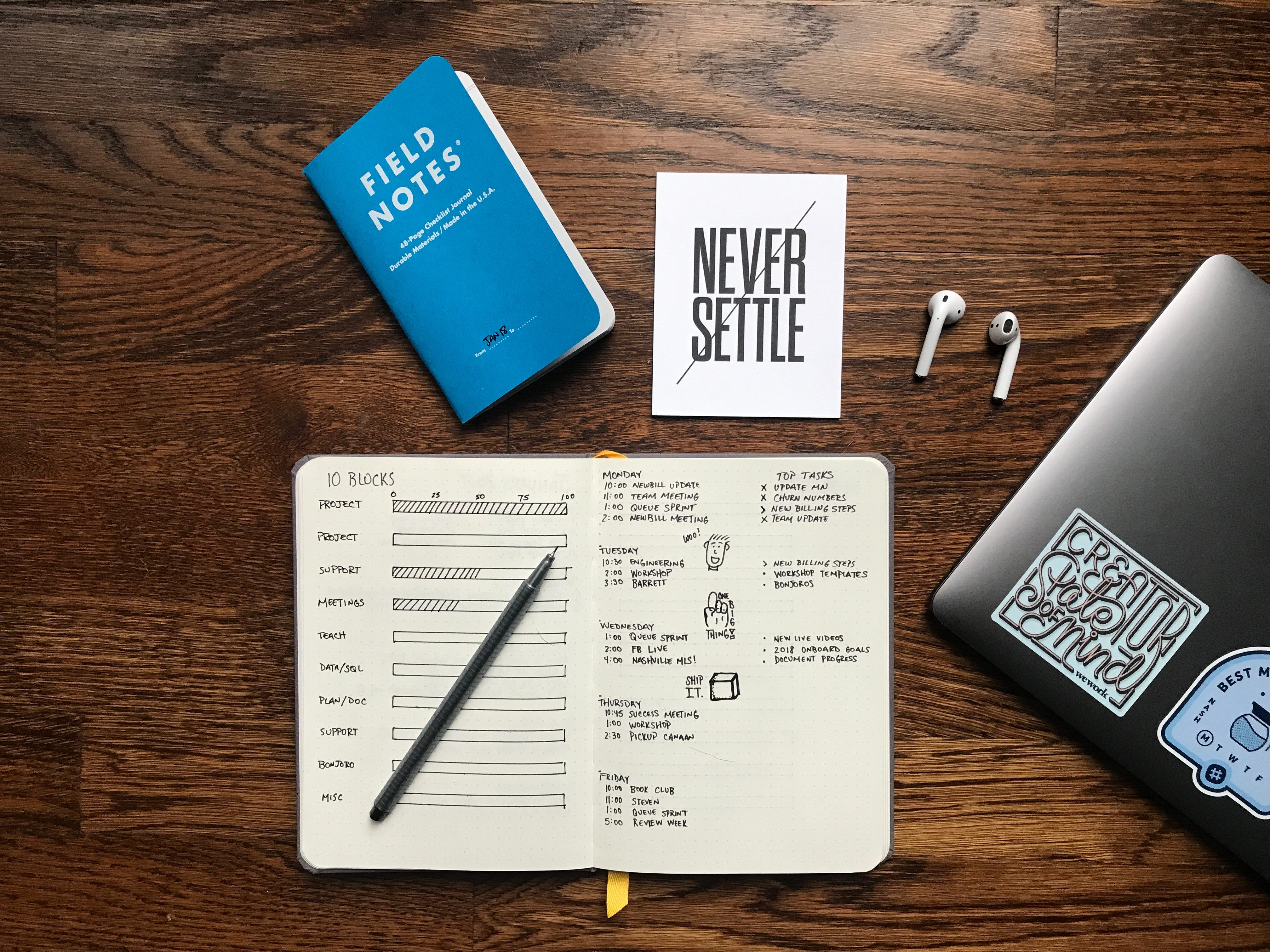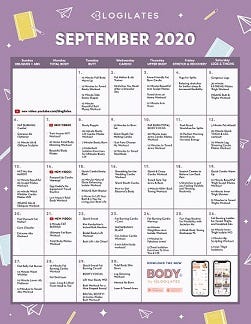Not all of us want to work from home, and being forced to do so thanks to this pandemic? My heart goes out to all those struggling with the transition. Few home environments make ideal workspaces, especially if pets or children have free reign of the home during the day. You’re now invading their turf, breaking their rules, cramping their style.
Has your job moved your desk to your living room or have you taken the dive into entrepreneurship? Yeah, the change is like swapping quality espresso for cheap instant coffee.
Of course, still having some sort of income (or at least a path to commit to) makes us the lucky ones. And so we need to work with what we’ve got and soldier on.
But in this new role, we need new equipment.
So I’m going to share some key ways to practice flexibility, a skill crucial for remote workers.

What the hell do I know about flexibility?
Five years ago I launched my business as a copy editor and fiction writer. Travel was a constant. One month I’d be in Taiwan, and another I’d be in Spain.
(And yes, of course, Thailand is on that list. Would I even be able to call myself a ‘digital nomad’ without residing a while in the nomad newbie’s paradise?)
I’ve had to channel my inner Play-Doh through the ups and downs of travel. Hunting for coworking spaces, transforming tiny Taipei bedrooms into offices...
All this jazz comes on top of the daily challenges: like finding focus in unfamiliar spaces, struggling with choppy video calls, and adopting new work hours to deal with project management tasks.
Currently? I’m testing my patience and sanity with month five of my apartment building (a.k.a. my home office) being under construction. Drills start screaming at 6:45 am — they’re almost as bad as Thailand’s roosters — and overhead thuds shake the whole apartment, launching my heart a meter out of my chest.
Living in scaffold-city also makes me vitamin D-deficient and grouchy. But I’m practiced in rolling with the punches. Getting stranded in Singapore for two months when the world’s borders shut down kind of sealed that trait in me.
Why do we need flexibility? What if our work follows strict hours?
When I talk flexibility, I don’t mean asserting yourself to adopt a freelancer-style schedule. I’m speaking of the ability to adapt to the curve balls that are sure to interrupt your day or even a whole week.
Say there’s road construction or tech issues. Or the dog’s digging diapers out of the garbage and throwing them around to get your attention.
What exactly is psychological flexibility?
According to a 2010 literature review published in Clinical Psychology Review:
‘Psychological flexibility spans a wide range of human abilities to: recognize and adapt to various situational demands; shift mindsets or behavioral repertoires when these strategies compromise personal or social functioning; maintain balance among important life domains; and be aware, open, and committed to behaviors that are congruent with deeply held values.’ (p.1)
A more concise definition has since been presented by Hayes and colleagues within the Acceptance Commitment Therapy framework:
‘[Psychological flexibility is] being able to contact the moment as a conscious human being more fully as it is, not as what it says it is, and based on what the situation affords, persisting or changing in behavior in the service of chosen values.’ (p.8)

As the term implies, ‘flexibility’ is flexible
Flexibility to me is accepting circumstances and allowing myself to flow with them. I don’t have to be thrilled by them. It’s about taking each ounce of patience, mindfulness, and presence, and shaping them into a badass raft with which to ride out these rapids.
I know there are tons of guides out there on how to practice things like mindfulness. But here I’m focusing on practices specific to cultivating the type of flexibility that will help you stay afloat in these remote work waters. We’re going to keep the current context in mind.
These are practices that I’ve used throughout my years working remotely.
So let’s get to it!
1. Create happy habits, not dreary routines
Don’t designate a specific time or chunk of time for all tasks. This creates a rigid mindset and can set you up for severe stress or even a breakdown if the routine shatters. Inspired by James Clear’s Atomic Habits, I try to pair cues with actions. I build upon this by injecting a little something-something to feed my mood and energy.
Here’s a basic example of putting this idea into practice.
A typical routine may look something like this:
‘Wake up at 7:00 am and eat breakfast at 7:45 am. Check email from 8:15 am to 8:45 am. From 4 pm to 4:30 pm go for a walk because the doctor says I have to get up off my ass.’
Instead of locking in tasks and hyper-focusing on timestamps, we can create a series of smooth transitions. We can also integrate things that bring us joy. This lets us navigate the day with greater ease and let go of that not-enough-time mindset.
A revised version of the above routine may resemble this:
‘Wake up to an audio clip of Brooklyn Nine-Nine’s Captain Holt shouting at me to move it. Once I turn off the alarm, I immediately drink the glass of water that’s next to the phone. After breakfast, I check my email while drinking a damn fine cup of tea. After work, I go for a stroll in my favorite park while listening to an audiobook.’
Notice how the second version doesn’t feel like a prison?
2. Create different music playlists for different environments
If you, like all superheroes, work best to epic background music, this practice may be a key to your success. (Puns always intentional in my writing, by the way.)
When the construction workers are hammering and sawing and drilling away, I need to shut them out. Cue the heavy metal. Come afternoon when they begin to wind down, I shift to some upbeat power metal. If there’s a quiet lunch hour, I’ll relax to instrumental or low-fi beats.
Noise-canceling headphones take this the extra mile.
You can also assign different types of music to different work tasks.
Choose something that amps you up for the bulk of your work. Sing along to 80s favorites when you’re doing tasks requiring a low cognitive load, like basic data entry or copy-and-pasting sprees.
I find that switching things up as my day progresses, letting the music flow from one form to the next, helps me flow from one task to the next. Sinking into my favorite music is like soaking in a hot tub, and I find my whole body relaxing.
This practice also allows you to respond to your environment. It gives you something you can control, which is something we could all appreciate right now.
3. Rekindle your relationship with the paper
I do all of my work on a computer. Ask my posture and physiotherapist.
Look at what doesn’t have to be typed on a computer.
Do you do brainstorming in a random Word document only to trash it in a couple of days? Do you create lists only on your phone? How many calendar apps are installed?
We rely so heavily on the digital devices that tech issues are infuriating and being away from a keyboard makes us feel lazy.
This is another form of rigidity. But luckily it’s an easy one to work on.
Here are a couple of ideas on how to become more flexible with media:
- Start a bullet journal — design it to track tasks, for to-do lists, etc.
- Write first drafts away from the keyboard — this works best for short pieces or if you do a complete re-write for the second draft.
- Take meeting notes in a notebook.
- Outline and brainstorm on scrap paper or cardboard boxes waiting to go out with the recycling.

But what if you need to share these notes with people?
Take a photo with your phone and hit send!
You could also look into something like the Rocketbook, which I use when outlining novels and character profiles. Its pages are reusable, so all you do is write, snap a photo with the app, and wipe the page blank again. The app uploads the files to a place of your choosing, making it super convenient for sharing within teams.
Taking breaks to work with good-old-fashioned paper also comes with added health benefits. Your eyes get a break from the screen, your wrists can exercise different movements, and you can change where/how you’re sitting and work on that posture.
4. Get hot and steamy
In your shower, I mean — but if this point inspires you in other ways, the power to ya.
I stumbled upon this practice during a low point: I was anxious, drained, and felt like I wasn’t gaining the traction I wanted in my work. My facial muscles were so tight it was as if I was wearing a plaster mask. My forehead, my cheeks, my jaw, my eyes — they all carried so much tension.
It gave me a headache and pissed me right off.
The gross, sludgy feeling seemed impossible to sling off.
And like with my tight shoulders and abysmal posture, I recognized this as something that grew over months, slurping up my daily stress and storing it.
Cue that lovely feedback loop: the tighter my face, the more stressed I became, which made me subconsciously clench my jaw and pinch everything even tighter.
My partner recommended a hot shower to loosen things up. I was skeptical that it would be enough. But finding stillness under hot water, feeling the water rush over my shoulders and the warmth seep into my muscles, gave me an idea.

Here’s my strategy:
First I take a few deep inhales and exhales. Then I start to count them out. Any count will work, but I like to do a 7-second inhale, 7-second hold, 7-second exhale. The 777 Jackpot.
When I’ve steeled myself for quenching, I allow another exhale and then put my face under the showerhead. I want the jets of water to massage the upper two-thirds of my face: from a centimeter below my cheekbones, and up. In rhythm with my hold count, I draw little arcs with my face so that the water isn’t pelting the same spots the whole time. At the end of my hold count, I step back so I can inhale.
I recommend repeating this 8 to 10 times. You can pause as long as you like between face massages. The most important thing is to find calm under the water and focus on the sensation and the heat.
The immediate effect is more relaxed facial muscles. A⁺ DIY spa.
But let’s not forget the benefit related to flexibility: the practice in being present.
This exercise forces me to be still and find peace at the moment; otherwise, I could welcome water into my lungs.
Sure, there’s no risk of drowning, but the mind and body aren’t keen on the idea of choking on water. Practicing relaxation with hot water streaming down my face requires presence, and aligns with my vision of accepting conditions. In this case, I relish in the condition; its heat therapy, massage therapy, and sauna combined.
If you have a tub instead of a shower or cringe at lengthening your shower an extra couple minutes, invite creativity. A similar practice could involve placing a hot towel on your face and massaging with your fingers during the breath’s hold count (careful that the towel isn’t hot enough to burn, you daredevil).
5. Put plans in other hands
Many of us are facing decision fatigue right now. Decision fatigue refers to the deteriorating quality of decisions one makes following a long period of decision-making, and the associated drains on one’s mental health. Stack adopting remote work on top of this and, well, we’re gonna be wishing we could go to bed at 9 pm.
Relinquishing control and letting other people or systems make certain decisions can help combat this.
We can practice this in many different ways, but I’ll share two specific ways I throw decision-making to the wind.
Follow a pre-made workout calendar/program:
I do a lot of at-home workouts, often to YouTube videos by Blogilates and Yoga with Adriene. Often I like to build my day’s routine right before I begin when I’m already in my workout clothes and rearing to go.
But sometimes choosing the right videos to compliment each other, while considering what muscle groups I last exercised, is a drag.
I’ve spent 15 minutes staring and scrolling, and selected a whopping 5 videos. But instead of falling into this void, I can download a workout calendar and follow along. That wasted 15 minutes can now be spent selecting a single program and making a couple of tweaks to meet my specific needs.
And now I’m set up for an entire month.

Order a weekly food box:
This isn’t something everyone can do, but if it’s an option I recommend looking into what’s available in your area.
My partner and I hunted around for a while before finding an organic vegetable box that’s within our budget and comprised of ‘ugly’ produce; these ugly ducklings are rejected by supermarkets and would normally head straight to the trash.

This box makes up most of our week’s vegetable consumption, erasing a ton of grocery list decisions. ‘Wait and see’ is the name of the game, and we’re training for regionals.
Whatever is in it, we use. If we’re unfamiliar with the product — like the cactus fruit we got last week — we can hop online for more information and recipe ideas.
If there are no affordable or sustainable food box options in your city, why not do a random Vege box exchange with a friend? The drop-off can even be contactless.
Agree on a budget and a box weight (or a number of different products), and select items at random. Remember, the point is to hang up that planner’s hat. Don’t pick produce with specific flavor combinations in mind. The box should retain its mysterious quality, not shout, ‘we’re cooking Italian this week!’
You don’t have to get to the splits right away
Get your flexibility fibers buzzing by working them a little at a time. Some day you’ll encounter an obstacle that makes you realize how much your psychological flexibility has grown.
‘That which yields is not always weak.”’— Jacqueline Carey, author
Which practices interest you?
Jot down a couple, give them a shot, and report back to me. I’d love to hear about which ones also work for you.
If you don’t feel like you’re gaining traction with any of them, think about which one is humming with potential. What about it makes it not quite for you? Can you tweak it to better fit?
Think about these as second-hand clothing: they’re well worn by someone else and may need tailoring.
Do keep in mind that trying any of these only once is unlikely to yield results. These are practices; we need to practice them.
Thanks for sticking around and acknowledging the importance of flexibility as a new entrepreneur or remote worker. With the backdrop of 2020, boy do we need it.
Before I hop in the shower for some hot and steamy face massages to wind down from finishing this article, I want to know: do you have a tried-and-true practice of your own?
Share it in the comments because I want to hear about it! Your fellow readers might prosper from it too.







